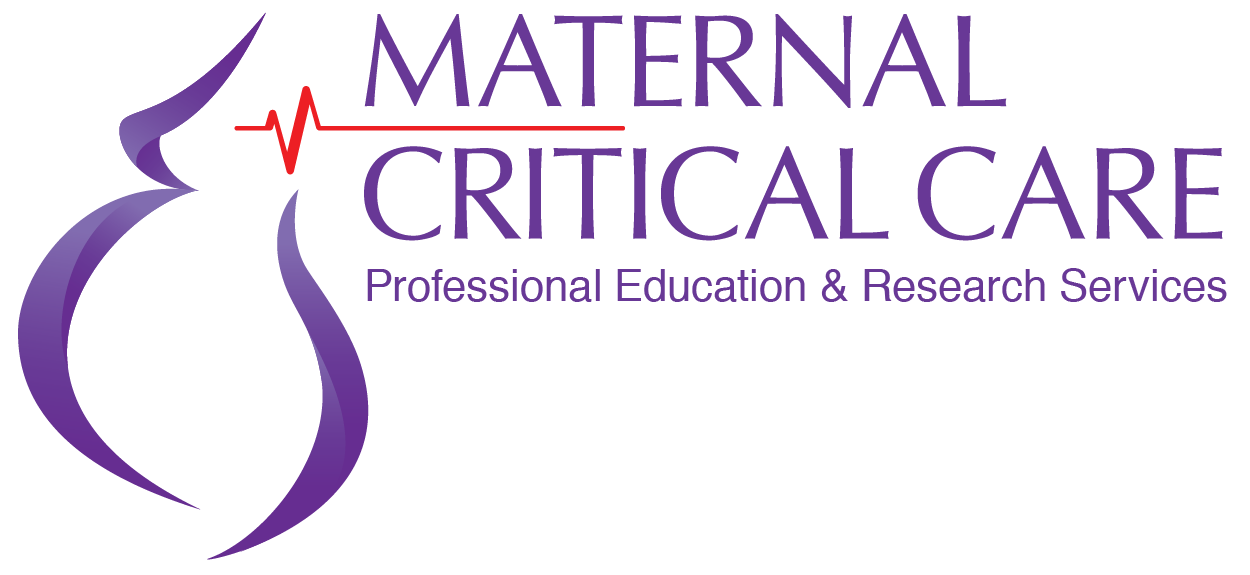The National Blood Authority (NBA) has released the much anticipated Patient Blood Management Guidelines for Obstetrics and Maternity – Module 5. An exhaustive systematic review was undertaken to ensure that Module 5 was underpinned by the best available evidence. Patient Blood Management is based on three core principles:
- Optimise haemoglobin
- Minimise blood loss
- Increase tolerance for anaemia
Optimise haemoglobin prior to ‘potential risk event’ e.g. birth
The Module 5 guidelines cover iron replacement therapy during pregnancy with regards to optimising blood volume and red cell mass. Module 5 recommends that iron supplementation should only routinely be given to women with iron deficiency. What the clinically relevant anaemia level is, however, remains unclear. Does anaemia at the level of 98g/L really make any difference to maternal or neonatal wellbeing? We don’t know as the studies on anaemia in pregnancy used different definitions and methods. If oral iron is prescribed, re-checking the iron stores to ensure it is being effective is warranted. If oral iron supplementation is ineffective or if an increase in iron stores is required rapidly, then IV iron should be considered. Newer preparations of parenteral iron have much lower rates of serious adverse events and can be given more rapidly. E.g. iron sucrose and Ferric carboxymaltose.
‘Minimise blood loss’ covers a wide range of circumstances in maternity including:
- Appropriate model of care and place of birth
- Use of observation and response charts
- An escalation plan for haemorrhage
- A massive transfusion protocol
Having an escalation plan for haemorrhage is vital as most obstetric haemorrhage is not predictable. This is true for all clinicians who support women giving birth, regardless of the place of birth or deemed risk level of the woman. Thus, even a home birth practitioner should have an escalation plan in place should a woman in her care experience a massive postpartum haemorrhage.
Increase tolerance for anaemia once ‘potential risk event’ e.g. birth is over
Once bleeding is controlled, a more restrictive use of blood products is suggested. There is no recommended Hb level to trigger a blood transfusion, rather individual patient assessment should guide blood transfusion practices. E.g. consideration for likelihood of further bleeding, clinical signs and symptoms of anaemia. Generally speaking, blood transfusion for a Hb level between 70-90g/L is not associated with improved outcomes. IV iron may be of benefit in the early postpartum period to restore Hb levels. Notably, there is limited understanding at present on the effect of anaemia in the postpartum period with regards to breastfeeding, maternal wellbeing and adaptation to motherhood.
Download Module 5 for free and obtain more detailed information on patient blood management for obstetrics and maternity patients. Module 5 Obstetrics and Maternity is available at: http://www.blood.gov.au/pbm-module-5.
Nb: The content is this blog is provided by Maternal Critical Care and has not been approved by the NBA.
